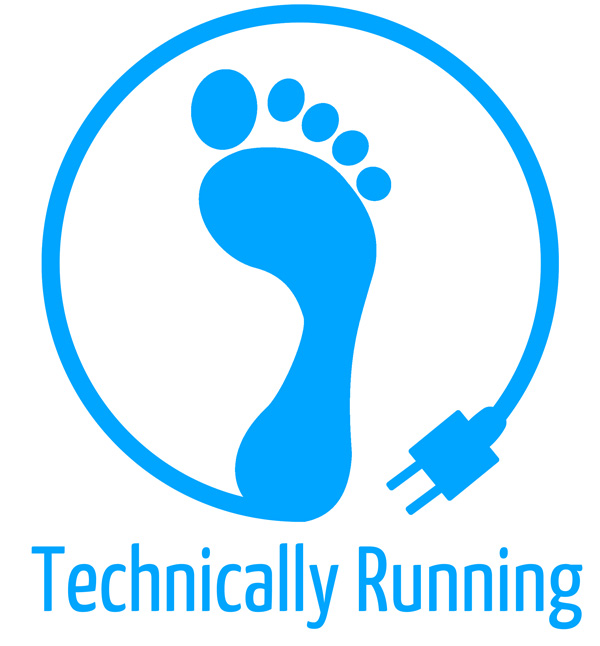Three months of training have finally come to an end and Steve and I are now less than 24 hours from our first half-marathon. While I know I’ve done (most of) the training, I can’t say that I feel completely prepared to run 13.1 miles. We’ve been a bit schedule-challenged the past 2-3 weeks, so I’m nervous about having missed a few of our shorter training runs. However, I’m finally at peace with the idea that I wouldn’t be doing it in the first place if it wasn’t a challenge and, one way or another, I am determined to finish. The training process has taught me a lot about myself as a runner, so, before we pick up our race packets and stock up on gels and energy jelly beans for the big day tomorrow, I wanted to share my five big ones for making it through (hopefully) unscathed.
1. Don’t think. For me, this race will likely be more of a mental challenge than a physical one. I am remarkably good at getting in my own head and filling it with doubts about whether I can “make it”, even if I’m not feeling particularly tired at the time. My excessive whining on a recent 11-mile-run is a great testament to this. One of the greatest pieces of advice I got lately was to “Run the mile you’re in.” That is, don’t stress out about all the miles you have left or how tired you are right now, just make it through this mile and then move on!
2. Don’t be afraid to push yourself. Another important thing I’ve learned about myself as a runner during training for the half-marathon is that I’m also very adept at underestimating my own abilities. Often, I will go slower than I need to because I am nervous about running out of energy later in the run. This is not such a big deal on my long training runs, but a race is about pushing yourself and seeing what your body can do. So, for the half, I’m going to remember that it’s OK to go a little beyond my perceived limits. I used this strategy when we ran a 10k as part of our half-marathon training a few weeks ago, and I was amazed that I was able to maintain and stay relatively comfortable at a pace of about 30 seconds/mile faster than I thought I would be able to.
3. Body Glide. Body Glide. Body Glide. I’ve mentioned the fact that I have sensitive feet several times on the blog, and Body Glide is one of the best solutions I’ve found for saving the balls of my feet from getting too sore and/or torn up on long runs. Coupled with this is the importance of maintaining a quick cadence, light footfalls, and overall good form.
4. Imodium. No one likes to talk about digestive issues, but, let’s face it, no one wants to get halfway through a race and realize they need to make an emergency porta-potty stop. While some people have medication-free ways to deal with this, as the owner of a sometimes troublesome tummy, I will be taking precautionary measures on race day.
5. “Sometimes, you just do things.” -Scott Jurek, Eat and Run. When the going gets tough, it is these words that I hope will keep me going. I might be tired, I might want to walk, I might want to quit, but as long as I can still put one foot in front of the other, I’m just going to do it!
Now that you’ve seen my strategy, what are your top tips for making it through a big race?
Meagan is a geochemistry research lab manager, runner, Netflix binge-watcher, and Mom to a rescue dog, a bunny, and a human child. She started running in May 2011 and ran her first half marathon in October 2012, followed by her first marathon in October 2013. In July 2018, she joined the triathlon world and completed an Olympic-distance race. After an extended break (pregnancy/maternity leave), she is making a long-overdue return to running and is preparing for a high-elevation half marathon at Crater Lake National Park in August 2020.


